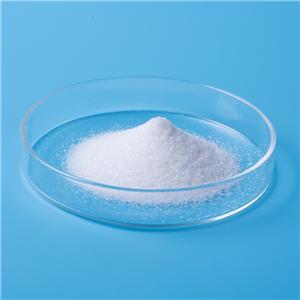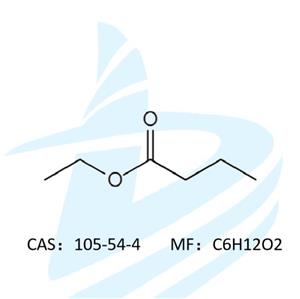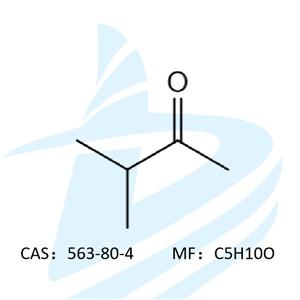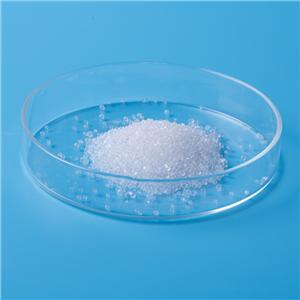Digestion and absorption of glycerol tributyrate
Glycerol tributyrate is the esterified product of butyric acid and glycerol. Generally, it contains glycerol monobutyrate, glycerol dibutyrate, and triglyceride. The content difference of three glycerol esters in the mixture is determined by the different production processes. Glycerol butyrate not only solves the difficulty of volatile butyrate, bad smell and not easy to add in the feed but also can release butyrate in the small intestine to supply energy for intestinal epithelium under the action of endogenous lipase, promote intestinal development, and improve digestive tract flora balance. Therefore, it has become a research hotspot in recent years to replace antibiotic growth promoters.
1 Digestion and absorption of glycerol tributyrate
1.1 Digestion of glycerol tributyrate
Although there is a small amount of lipase in gastric and intestinal fluids that can break down lipids, some microbes in the posterior intestine also have the ability to break down lipids, However, glycerol tributyrate is mainly hydrolyzed by pancreatic lipase. Under the action of lipase, glycerol tributyrate can be hydrolyzed into glycerol dibutyrate, glycerol monobutyrate, butyrate, and glycerol. Generally, glycerol dibutyrate can continue to be hydrolyzed to 1-glycerol monobutyrate or 2-glycerol monobutyrate, but the efficiency of glycerol monobutyrate continuing to decompose to butyrate and glycerol is extremely low [1]. Experiments have also shown that different sources of lipase different decomposition efficiency of triacylglycerol ester formed by fatty acids with different chain lengths.
1.2 Absorption and metabolism of glycerol tributyrate
Glycerol tributyrate is decomposed into glycerol, butyrate, and a small amount of glycerol monobutyrate under the action of lipase. Glycerol has strong affinity fatty, can passively penetrate the cell membrane into the cell, free transport in the blood; Enteral butyric acid mainly get into intestinal epithelial cells through carrier transport and reverse transport, Among them, passive transport through carriers is the main way of butyric acid entering intestinal cells. The transport carrier of butyrate absorption is Na coupled monocarboxylic acid transport carrier (SMCT1), which is the cell inflow carrier for butyric acid getting in intestinal epithelial. The study found, carriers SMCT1 distributed at the end of the ileum and the entire segment of the colorectal, and high expression in the terminal colon and rectum. A 1:1 exchange between butyric acid and bicarbonate ions in the apical cell membrane was performed in reverse transport absorption. Butyric acid enters the cell and enters the mitochondria under the action of carnitine transferase. Through β- oxidation, it is decomposed into two-component acetyl CoA, or into tricarboxylic acid cycle energy supply, or into ketone body in the liver, and energy supply to the brain or other tissues when the body lacks glucose. Butyric acid, glycerol, and monoacylglycerol absorbed into the body will synthesize triacylglycerol again. When the body needs fatty acids, it decomposes to produce fatty acids for use, and when the body does not need fatty acids, it is stored in adipocytes.




